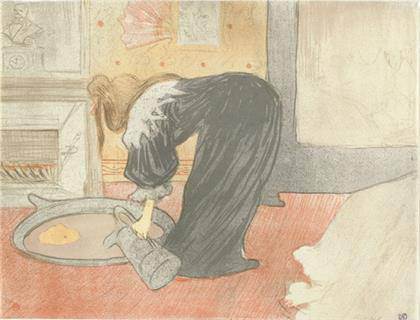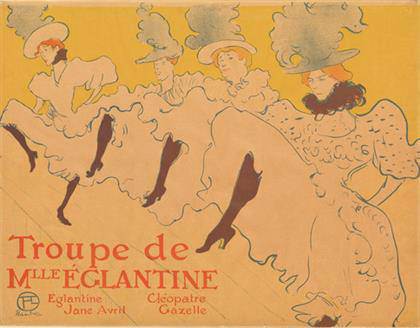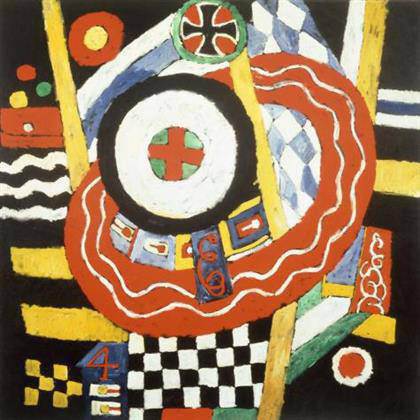
Henri de Toulouse-Lautrec
Femme au tub (1896)

Henri de Toulouse-Lautrec
La Troupe de Mademoiselle Eglantine (1896)
Toulouse-Lautrec’s prints and posters at the MoMA The Museum of Modern Art (MoMA) presents ‘The Paris of Toulouse-Lautrec: Prints and Posters’, on view from July 26, 2014, to March 22, 2015.]]>
Source: The Museum of Modern Art
The Museum of Modern Art presents “The Paris of Toulouse-Lautrec: Prints and Posters”, an exhibition dedicated to Henri de Toulouse-Lautrec and drawn almost exclusively from MoMA’s collection of posters, lithographs, printed ephemera, and illustrated books, on view from July 26, 2014, to March 22, 2015. A preeminent artist of Belle Époque Paris, Henri de Toulouse-Lautrec (1864–1901) brought the language of the late-19th- century avant-garde to a broad public through his famous posters, prints, and illustrations for journals and magazines. His work allows entry into many facets of Parisian life, from politics to the rise of popular entertainment in the form of cabarets and café-concerts.
Organized thematically, the exhibition explores five subjects that together create a portrait of Lautrec’s Paris: café-concerts and dance halls; actors, singers, dancers, and performers; his sensitive depictions of women from all walks of life, including his landmark portfolio “Elles”, depicting prostitutes during nonworking hours; his creative circle, highlighting designs for song sheets for popular music, programs for avant-garde theatrical productions, and his contributions to magazines and intellectual reviews; and the pleasures of the capital. The exhibition features over 100 examples of the best-known works created during the apex of his career. ‘The Paris of Toulouse-Lautrec: Prints and Posters’ is organized by Sarah Suzuki, Associate Curator, Department of Drawings and Prints, MoMA.
Lautrec made the venues and performers of late-19th-century Paris famous through his posters and prints, and in turn, it was his work for them that brought him the greatest acclaim. Among those in Lautrec’s spotlight were the dancer La Goulue (born Louise Weber), featured in several lithographs, including “La Goulue” (1894) and “Au Moulin Rouge, La Goulue et sa Soeur” (1892). Lautrec’s fascination with performers extended to dancers, opera singers, and actresses. Lautrec’s color lithograph of 1893, “Miss Loïe Fuller”, references the 1892 debut of the American dancer named Loïe Fuller at the Folies-Bergère. Women are a singular focus of “Elles” (1896), a portfolio of 12 works that marks Lautrec’s greatest achievement in lithography. Lautrec was also a part of a creative circle of authors, editors, and composers who commissioned him to publicize their work. He made posters to advertise reviews including “La Revue blanche” (1895) and “L’Aube” (1896), a short-lived publication remembered exclusively for Lautrec’s lithograph.
Paris was Lautrec’s city, the site of his studio, his printers and publishers, his friends, his beloved nightlife, and his muses. He found inspiration in the city’s urban character, and passed many hours sketching in the Bois de Boulogne, the city’s great cultivated wilderness, where an ever-changing cross-section of society went to promenade, whether on foot or horseback, by bicycle, carriage, or motorcar.
Related content
Toulouse-Lautrec and his muse at the Courtauld Gallery (exhibition, 2011)
Follow us on:


